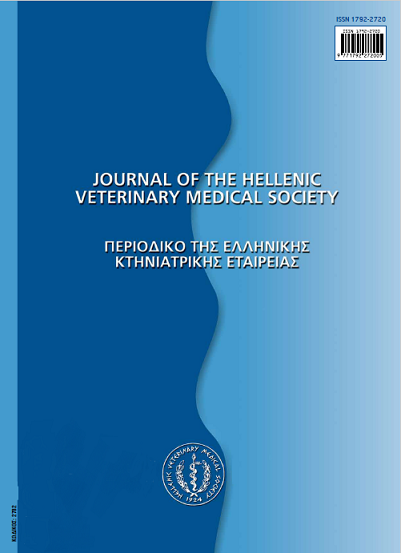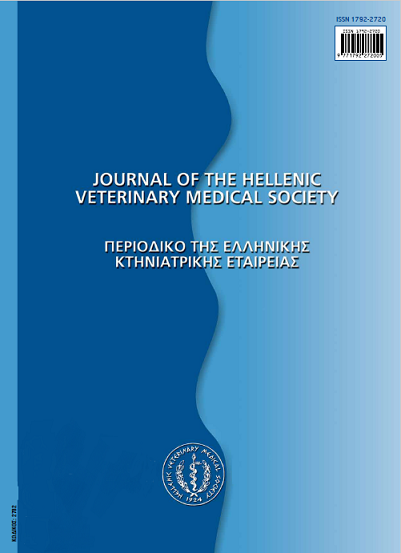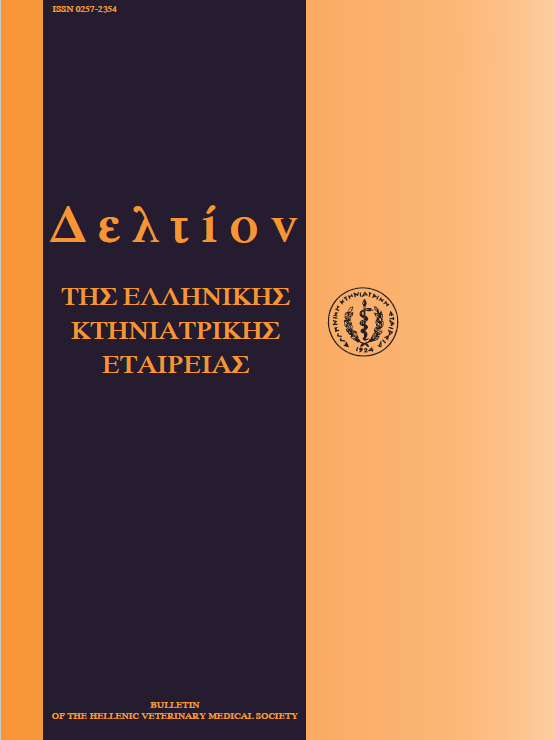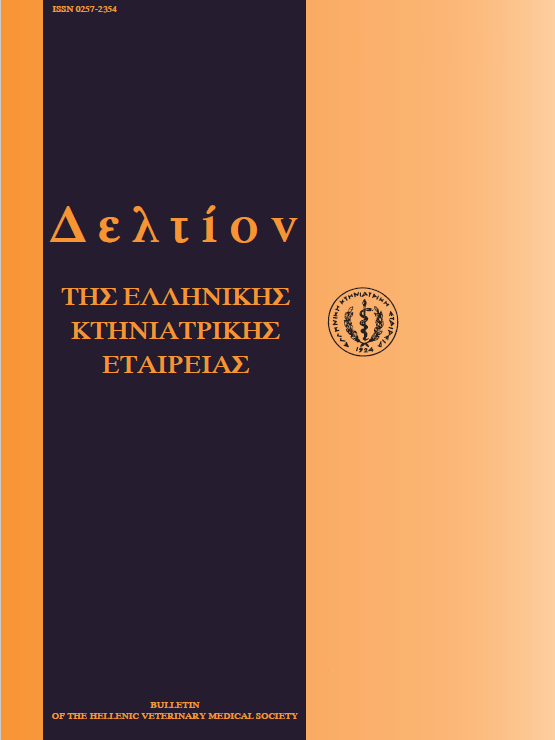Safe foods for the European consumers

Abstract
The market internationalisation, free trading of products and the transport of services within and between the European Union Member States, more and more is based on their quality and integrity. In this particularly exigent environment, in markets that are rapidly altered with fast rythms and within the frames of an intensive worldwide competition, it is obvious the need for "quality". A term, which, in order to become reality, requires patience and insistence, collective efforts, systemisation and a spirit of collaboration. It should become a way of life I could say. But nothing could be done if personally ourselves, collectively and with collaboration, do not realise that the quality begins, continues, but never ends. Questions that are directly related to health, safety, environment, food and other factors come daily in the topicality. In order to be answered, industries and control laboratories should daily be in the position to prove their supremacy, their reliability and technical competence with the application of a suitable quality control system (QA/QC). With this assumption, from the moment that the European Union initiated the European Integrated Market, it became clear that the commercial barriers between the countries can be revoked, only when a country entrusts the quality of the trials of the other country or more generally it's "Quality Level". For all the above and because as much the measurements as the quality of foods considerably affect us, Community or National rules have been established in order to assure us that the controls are reliably executed to guarantee the quality of foods for our protection. In this framework, the European Union, following the entire process "from the farm to the fork" by applying internationally acceptable quality standards, very recently established the new legislation regime named "Hygiene Package". This legislation includes a series of regulations which are directly related to hygiene, control and food enterprises monitoring, in order to control the processes kept of the Hazard Analysis Critical Control Points (HACCP) (Regulation 852/2004), special hygiene rules for the food of animal origin (Regulation 853/2004), special rules for the organisation of official controls (Regulation 854/2004), general rules for the execution of official controls for food and feed trade (Regulation 882/2004) and finally the determination of general legislation principles for foods, the European Food Safety Authority (EFSA) and the food safety processes and traceability towards the human health protection (Regulation 178/2002). Coming to modern production and focusing to food production safety from the point of view of chemical residues (veterinary drugs and environmental pollutants), we find out that an enormous number of chemical exogenic agents of a varied activity often constitute the main cause of a complicated situation of a food deteriorated with chemical residues and their quality level reduction, which finally leads, not only to the reduction of consumers' confidence, but also to their final rejection. In this issue and after a series of food crises like that in old days with hormones as well as recently with BSE, dioxins and the detection of several other residues in animal and plant products exported from our country, but also recently with the Avian influenza, consumers' confidence was shaken. Thus, the European Union concluded to establish a new scientific institution to provide it with independent scientific advices on food safety issues in the whole length of the food chain. The outcome was, as it had been initially decided with the White Book on Food Safety, the establishment of the European Food Safety Authority (EFSA). Finally, in order the complete safeguard process of high quality foods to be concluded, of health and of good animal and plant management by taking suitable functioning measures of the internal market, the Rapid Alert System for Food and Feed (RASFF) was created. The aim of this system is to provide the Competent Authorities with an effective way of information exchange for the measures which should be taken in order to safeguard food safety.
Article Details
- How to Cite
-
TYRPENOU (Α.Ε.ΤΥΡΠΕΝΟΥ) A. E. (2017). Safe foods for the European consumers. Journal of the Hellenic Veterinary Medical Society, 59(2), 139–161. https://doi.org/10.12681/jhvms.14955
- Issue
- Vol. 59 No. 2 (2008)
- Section
- Review Articles
Authors who publish with this journal agree to the following terms:
· Authors retain copyright and grant the journal right of first publication with the work simultaneously licensed under a Creative Commons Attribution Non-Commercial License that allows others to share the work with an acknowledgement of the work's authorship and initial publication in this journal.
· Authors are able to enter into separate, additional contractual arrangements for the non-exclusive distribution of the journal's published version of the work (e.g. post it to an institutional repository or publish it in a book), with an acknowledgement of its initial publication in this journal.
· Authors are permitted and encouraged to post their work online (preferably in institutional repositories or on their website) prior to and during the submission process, as it can lead to productive exchanges, as well as earlier and greater citation of published work.






